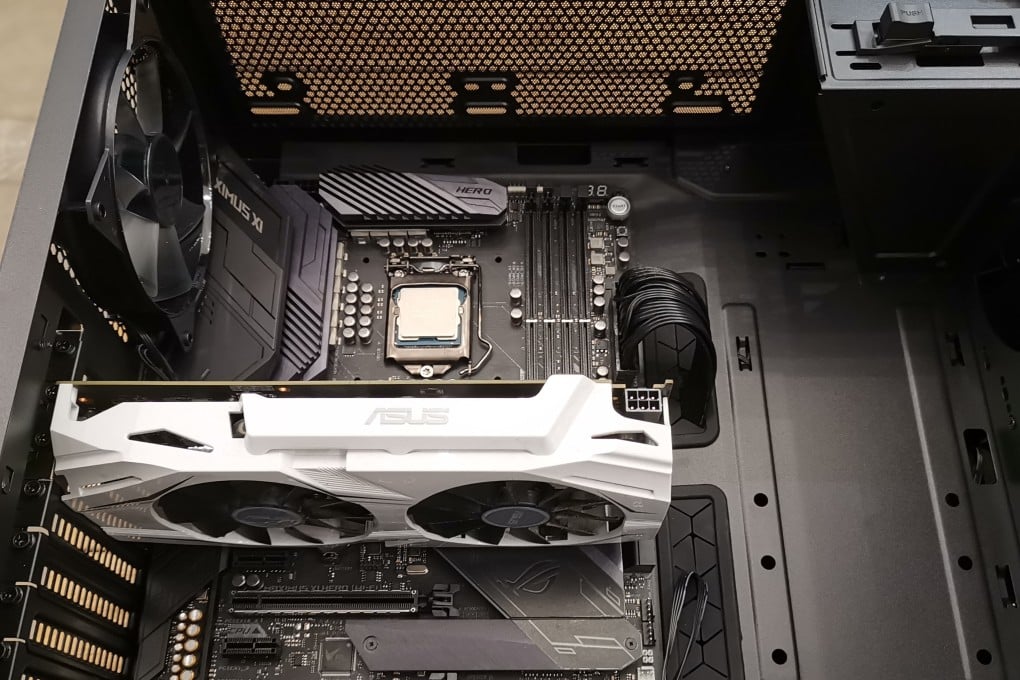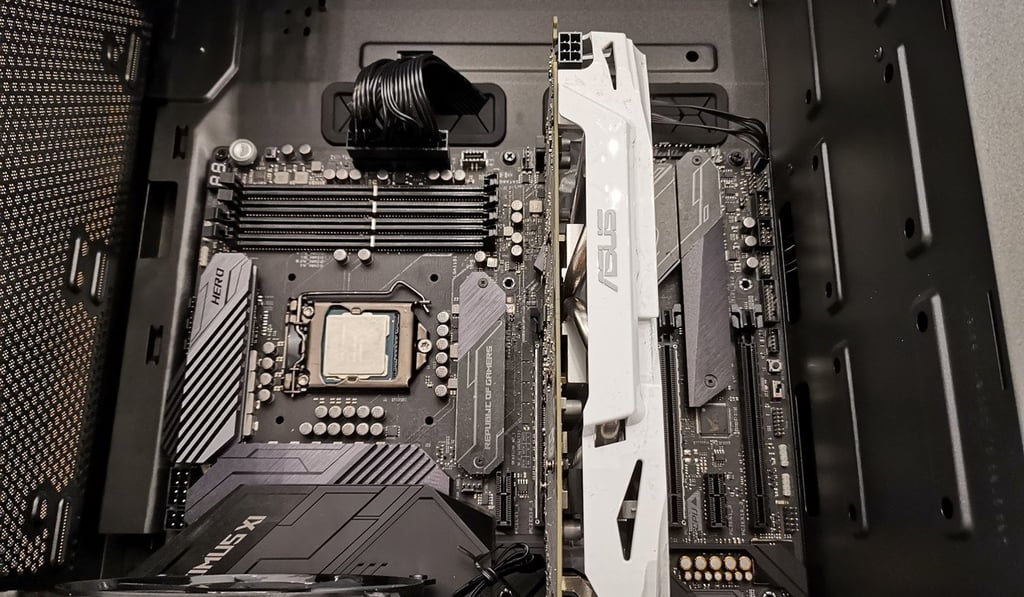How to build your own computer: all you need to know about setting up a PC
- From installing a microprocessor and graphics processing unit to getting the appropriate memory and storage drive, here are the key components needed
- We tell you what to remember if you want to install your own system and boot up successfully

The thrill of building your own PC may have faded somewhat with the popularity of laptops. But nothing quite beats the control and feeling of setting up a gaming machine with your own hands. If this is new to you, we outline the key components that you will need.
Motherboard and microprocessor (CPU)
Also known as the CPU, the microprocessor sits at the heart of every computer. It fits into a dedicated socket on the motherboard, which is a large circuit board measuring around 20cm to 30cm along each side – though it can be slightly smaller or larger. You can opt for an Intel or AMD CPU, and either will work with mainstream operating systems such as Windows 10 or Linux.
The CPU is where things can get a bit confusing to newcomers, as both Intel and AMD offer different families of CPUs designed for typical consumers and gamers, professional “workstations” for users that require additional horsepower (such as rendering AutoCAD drawings), and to power servers in data centres. For gaming, an Intel CPU designed for the LGA1151 socket or an AMD Ryzen CPU will do.

Motherboards are typically designed with a specific microprocessor family in mind, so you will need to decide whether to go with an Intel or AMD CPU from the start.